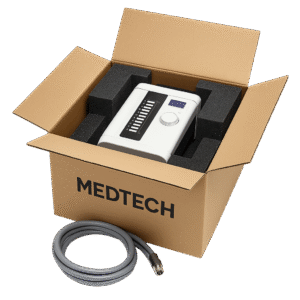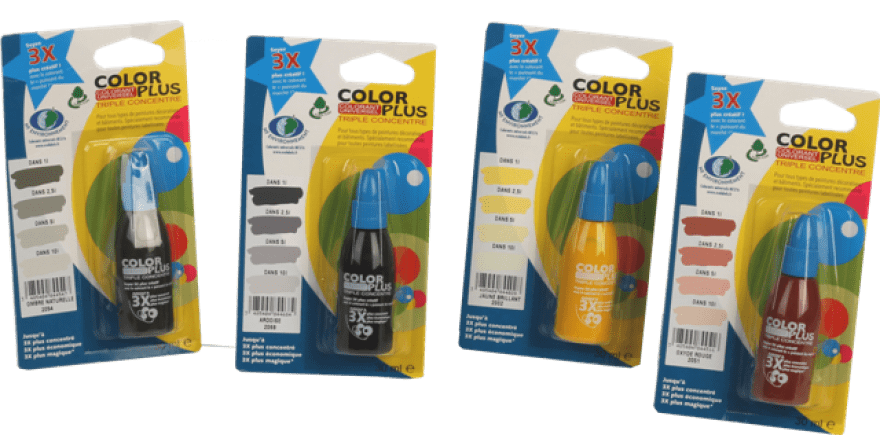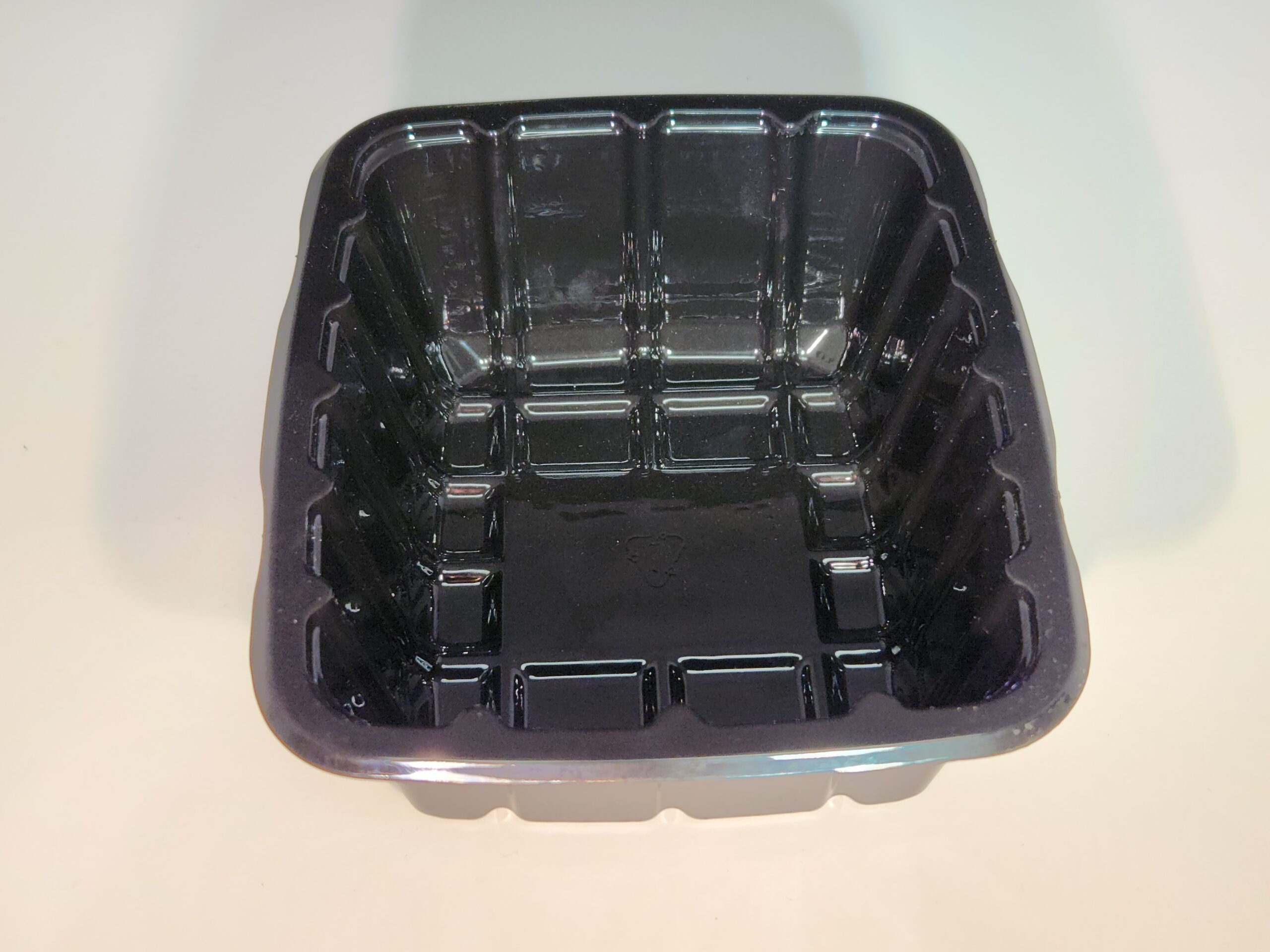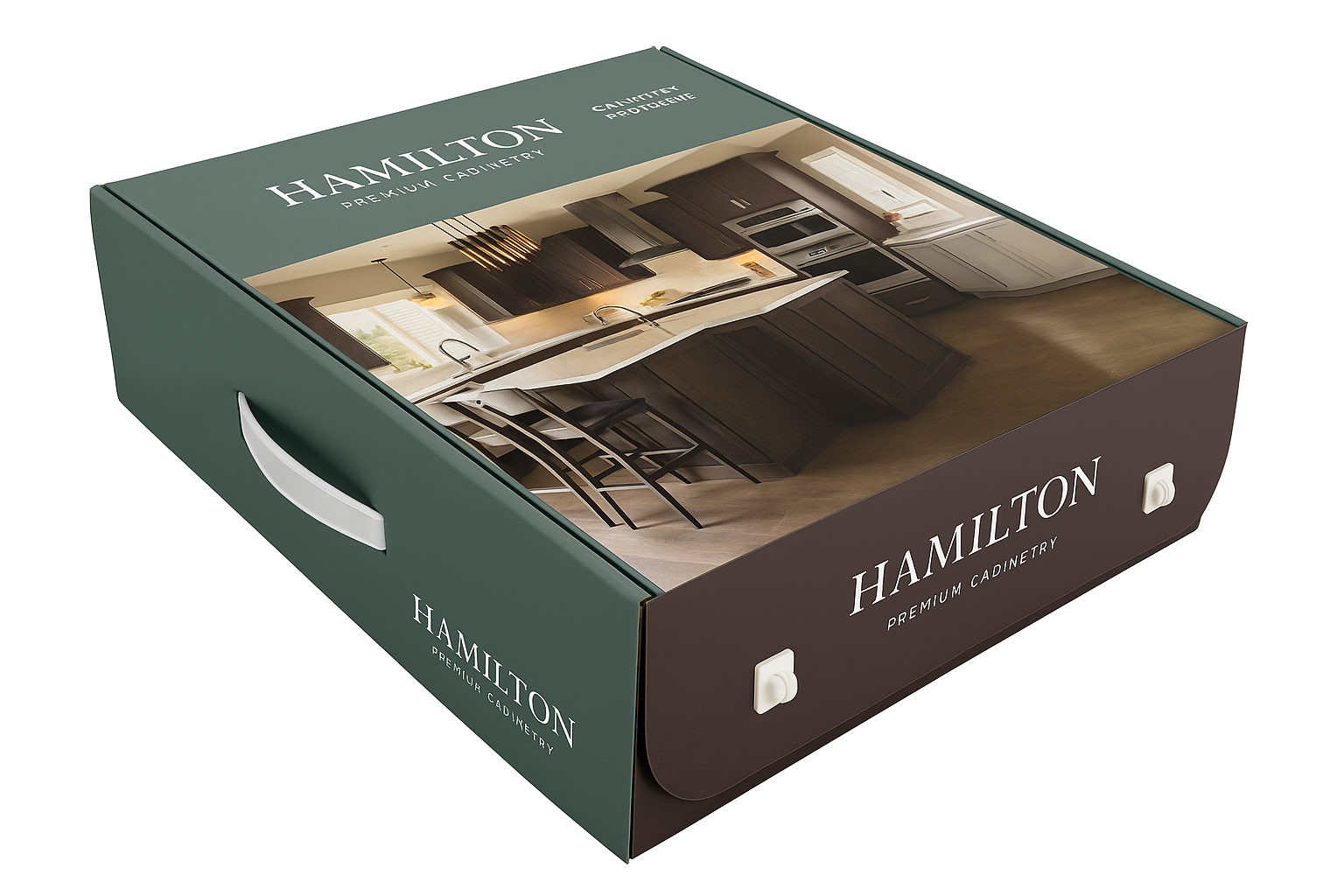Home » Compression Strength Loss Over Time in Warehouse Storage
Compression Strength Loss Over Time in Warehouse Storage
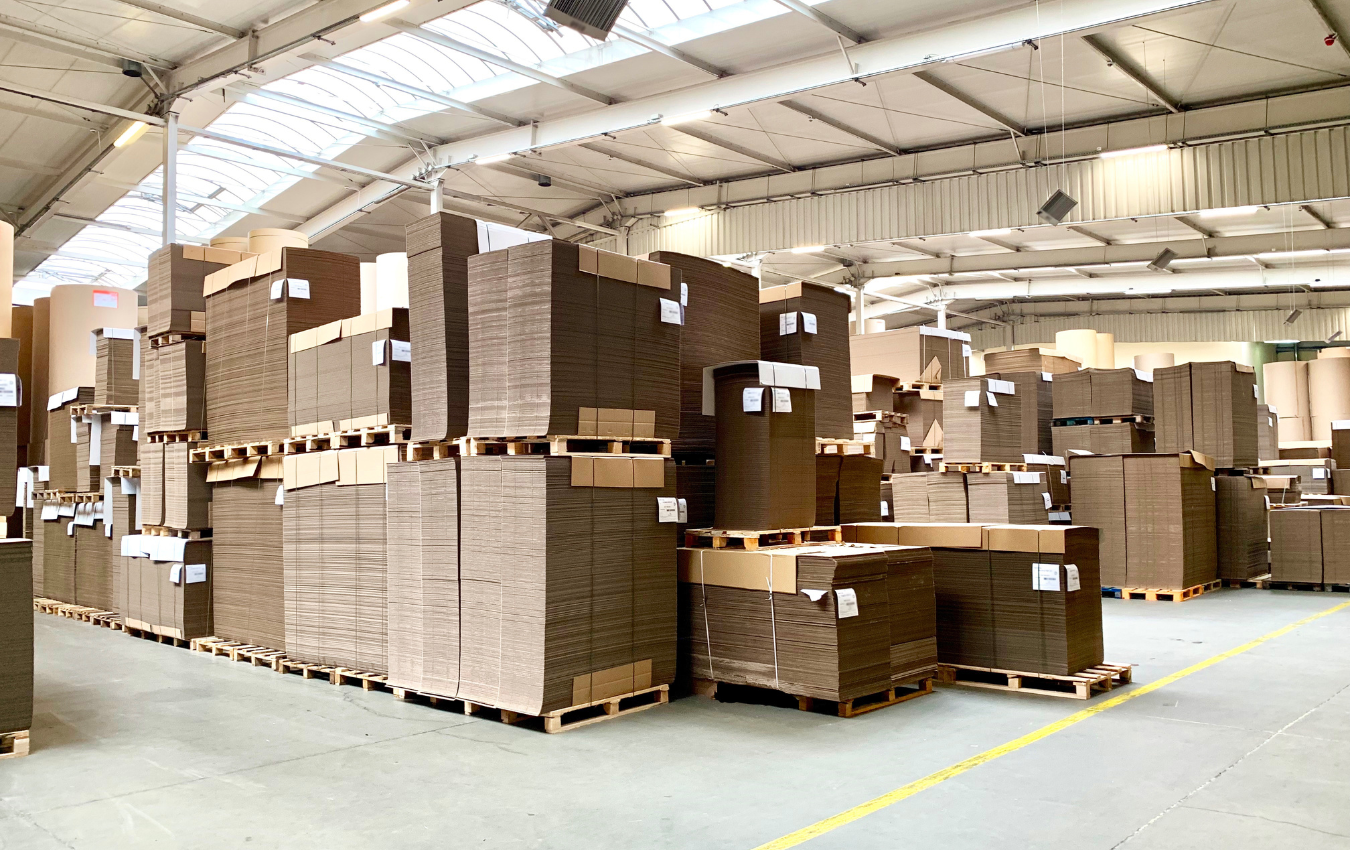
Corrugated boxes lose a significant portion of their original compression strength during prolonged storage, especially under load. Understanding the mechanics of compression creep and the environmental factors at play allows packaging engineers to design boxes that maintain structural integrity throughout their intended shelf life.
Why Compression Strength Declines
- Material Creep: Fibers gradually deform under constant load, reducing box stiffness.
- Humidity Impact: Elevated RH accelerates creep, with potential strength losses of 40–60% in humid conditions.
- Stacking Configuration: Poor pallet patterns or uneven weight distribution compound stress points.

Testing and Standards
- ASTM D4577: Measures compressive creep over time in shipping containers.
- ASTM D642: Evaluates initial compression strength, serving as a baseline before long-term storage.
Design Strategies to Reduce Loss
- Select Higher ECT Boards: Provides a stronger starting point, delaying the drop below critical load thresholds.
- Moisture Control: Use desiccants, ventilation, or moisture-barrier coatings in high-humidity warehouses.
- Pallet Pattern Optimization: Uniform stacking prevents concentrated stress on corner posts.
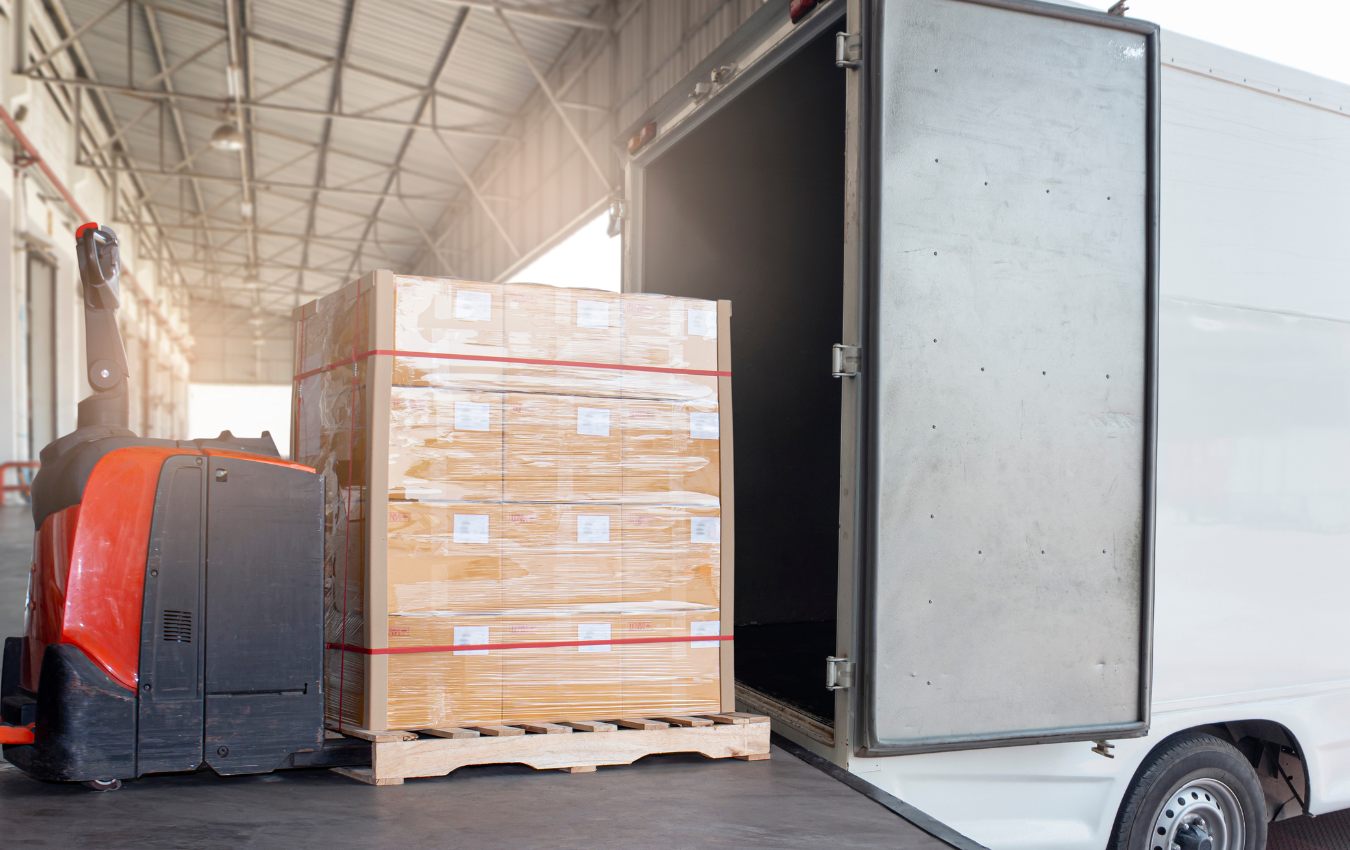
Application Considerations
- Long-term storage in non-climate-controlled facilities should factor in 30–50% compression loss for safety margins.
- Double-wall or reinforced designs are advised for seasonal inventory stored for extended periods.
References
ASTM International. (2015). ASTM D4577-15: Standard test method for compressive creep of shipping containers. ASTM International. https://www.astm.org/d4577-15.html
ASTM International. (2015). ASTM D642-15: Standard test method for determining compressive resistance of shipping containers. ASTM International. https://www.astm.org/d0642-15.html
With new tariff proposals and continued trade uncertainty, 2026 is shaping up to be another pivotal year for packaging sourcing strategy. Many companies that shifted production away from China in
Following multiple rounds of tariff changes and trade policy adjustments, 2026 marks a turning point for U.S. packaging buyers. Many who previously transitioned from China to domestic or nearshore suppliers
Shifting packaging production from China to the U.S. can help stabilize costs, reduce tariff exposure, and shorten lead times. But the transition process requires careful planning. For packaging buyers, the
RSC boxes are known for their efficiency and versatility, but their performance ultimately comes down to strength. Buyers often see numbers like ECT, BCT, and burst strength on specifications —
Home » Compression Strength Loss Over Time in Warehouse Storage


